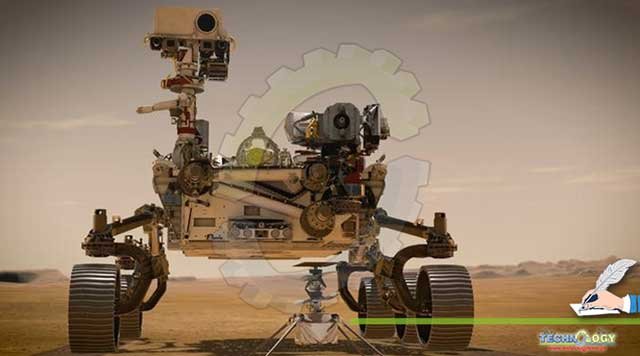Powered flight holds a long history. It was first introduced in 1903 by a couple of like-minded individuals but, all these achievements were done on Earth. Now more than a century later National Aeronautics and Space Administration (NASA) has now decided to replicate the same technology but on another planet.

By Sayyed Shehzer Abbas
Back in 2018 NASA launched the Mars insight mission to study the interior of Mars including heat flow and measurement of seismic activity. In July 2020, Nasa sent a rover Perseverance and a small robotic helicopter Ingenuity which landed on the surface of Mars on February 18, 2021. Flying an aircraft on another planet is something that has never been done in the aviation history. Ingenuity was transported alongside Perseverance which now crawls on the rugged terrains of the planet. It is expected that the aircraft will be facing multiple challenges as air is 1 percent denser within the Martian airspace as compared to the Earth’s atmosphere.
The helicopter ‘Ingenuity’ has 4 feet, a box-like body coupled with 4 carbon-fiber blades connected to two separate rotors. It is also equipped with two high-quality cameras and standard navigation sensors.

The aircraft has a range of 50 (160 feet) meters from its starting point and is capable of flying at altitudes ranging between 3-5 meters (10-15 feet). Diverse terrains won’t be a problem for Ingenuity as it is not a land-based robot like the Perseverance. Moreover, each flight will last up to a minute and a half, which is probably enough for NASA to calibrate similar flights in the future. Upgraded models could offer better vantage points not seen by current orbiters or by slow-moving rovers on the ground, allowing the helicopters to scope out the terrain for land-based robots or humans.
Ingenuity will be attempting its first flight in spring 2021 after getting ready for its first take off.